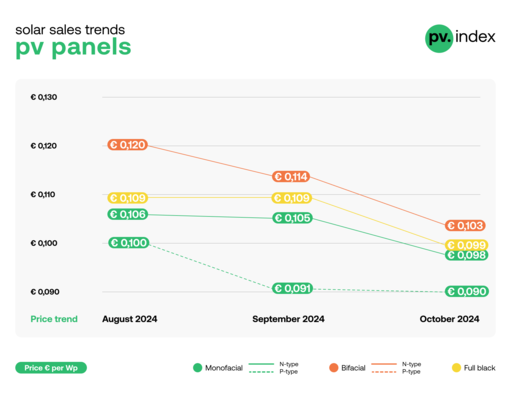Costs have dropped and infrastructures expanded much faster than even the most optimistic models had assumed. A new study by the Mercator Research Institute on Global Commons and Climate Change (MCC) shows that in 2050, the percentage of photovoltaics in the global power supply could be three times higher than previously projected. According to the study, the share of solar energy will likely range between 30 and 50 percent, instead of 5 to 17 percent, as suggested before—even if the global demand for electricity continues to rise.
Shift emphasis on renewable energy
The new results are important for the next IPCC Assessment Report. For political decision-makers, they pose new challenges but at the same time present new major opportunities. On the one hand, policy-makers need to shift emphasis from renewable technologies to stabilizing power grids and ensuring capacity for energy storage. On the other hand, to limit global warming below 2°C, they are becoming less dependent on other high-risk technologies such as nuclear power. “In order to tap the full potentials of solar energy, industrial countries – especially the G20 – need to modernize their regulations for the electricity market and promote technologies for new storage methods right now,” says lead author Felix Creutzig, head of the MCC working group Land Use, Infrastructure and Transport.
Technological learning curve
The researchers, who include scientists from the Fraunhofer Institute for Solar Energy Systems (ISE), the Potsdam Institute for Climate Impact Research (PIK) and the University of Wisconsin, once again used the PIK computer model REMIND for their study. This time, however, they took into account the costs for grid expansion, storage and other integration options in greater depth and fed the model with new data, for example on the existing extent of photovoltaic infrastructure and the technological learning curve. Currently, the price of solar panels decreases by more than 20 percent when the produced quantity has doubled. The longer this development lasts, the cheaper gets a kilowatt hour produced from solar energy.
Further cost reduction
“Promising ideas are being fostered within laboratories and development departments of numerous companies, meaning it will be possible to reduce costs even further on a long-term basis,” says Jan Christoph Goldschmidt, leader of the “Novel concepts for solar cells” team at Fraunhofer ISE. “Our study indicates that, under realistic assumptions, photovoltaics will become the most important power source in the world – at least if we take climate protection seriously and focus on the most affordable kind of technology.”
PV meets peak time demand
This is also true for the United States. “Our results also show that the current US administration is fighting a lost battle with their insistence on deregulating polluting coal,” says Creutzig, who is also a professor of Sustainability Economics of Human Settlements at the Technical University of Berlin. “Pretty soon, Donald Trump will be facing a backlash even from private enterprises who will be calling for ‘solar power first’.” The geographical conditions in the US are especially favorable for photovoltaic technology. Because of widely-used air conditioning, there is a high demand for power in the afternoon during summer, which matches the supply of solar power particularly well.
Undercutting costs of coal-fired power
In India, Chile and many other parts of the world, photovoltaics is already undercutting the costs of coal-fired power. In some developing countries, however, there is no such certainty that solar energy could become a viable alternative yet. Higher capital costs pose the biggest obstacle to climate-friendly power generation in such countries. Political uncertainties produce higher investment risks, reflected in interest rates and costs for investors. New financing models and guarantees could promote solar energy, especially in African countries.
Risk of stranded fossil and nuclear investments
“Solar power not only has huge potential in terms of resources, but is also environmentally friendly and the most cost-efficient technology for generating power in many parts of the world. Our study demonstrates that photovoltaics can be developed from a niche technology to the basis of a climate-friendly, affordable power supply,” explains co-author Robert Pietzcker from the Potsdam Institute for Climate Impact Research (PIK). “However, whilst the important players in the sector, such as the International Energy Agency, continue to massively underestimate the extent to which solar power can contribute to climate protection, the risk of unprofitable investments and missed business opportunities remains. In order to make a stable power system with 20 to 30 percent photovoltaic energy possible within the next 15 years, we need to get on the right track now.”(HCN)
See Fronius vision of 24 hours of sun
Stay informed, get our free newsletter twice a week, register here
More useful information
http://www.pveurope.eu/News/Markets-Money/Global-Market-Outlook-One-terawatt-installed-PV-by-2021
https://www.pveurope.eu/financing/global-renewable-energy-database-iea-and-irena







